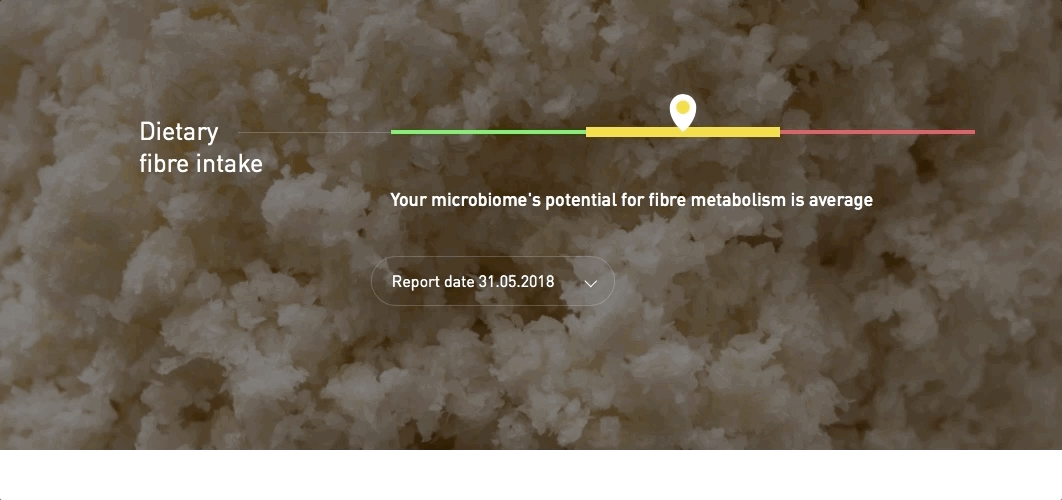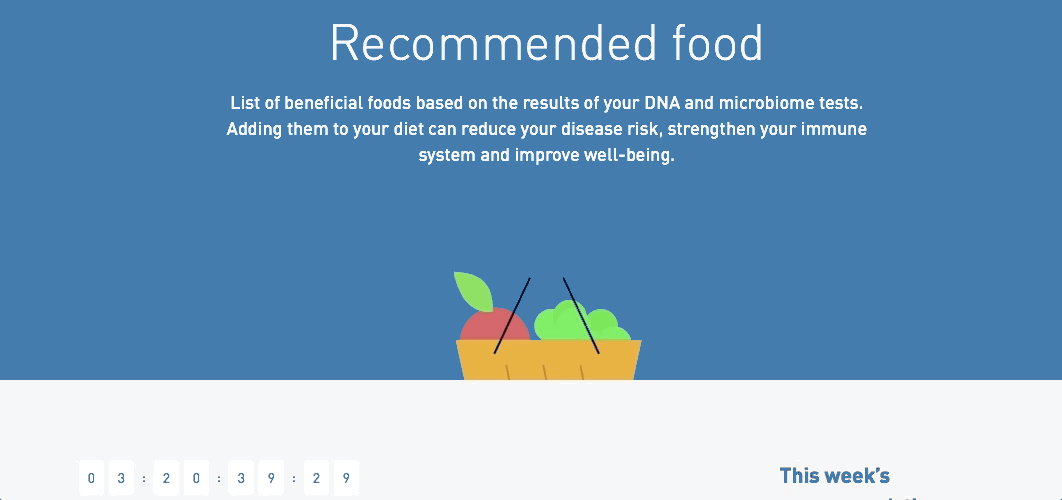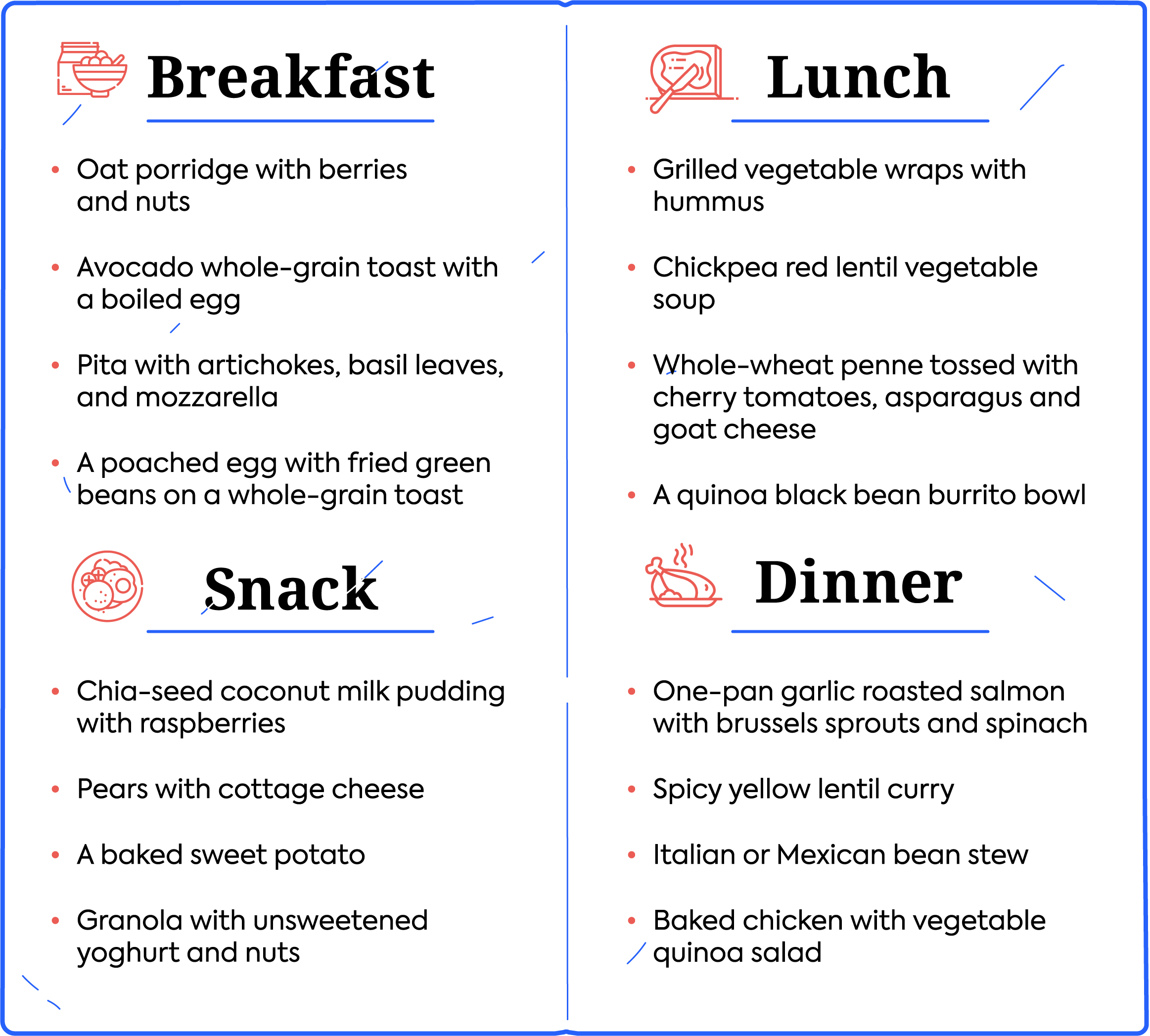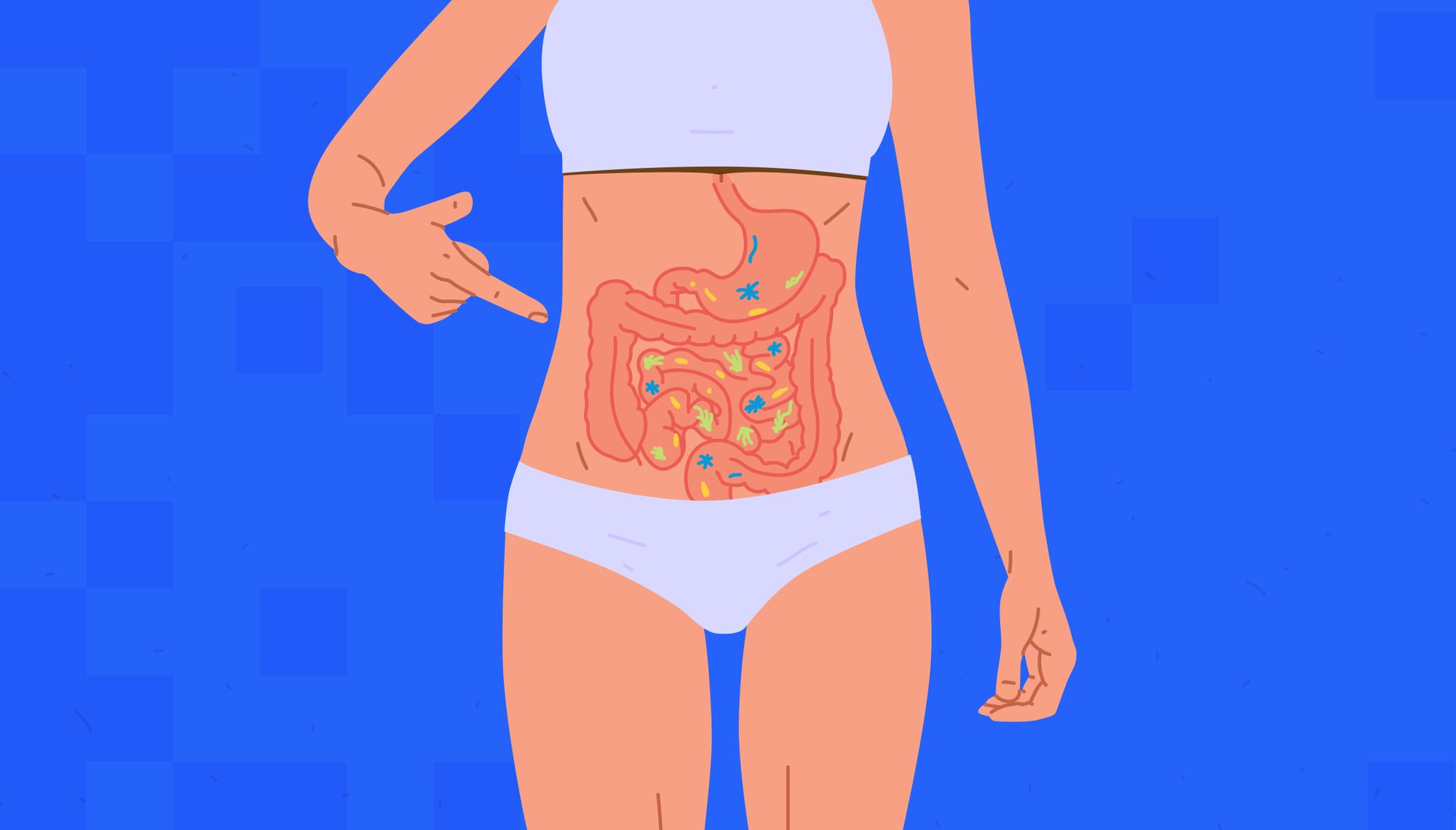Every person interested in health knows that fibre is one of the most important things in your diet. But how exactly does dietary fibre make your body healthier? And how do you build an optimal diet rich in fibre?
Today, we are going to explore it.
What is fibre actually
It’s not so simple to describe what fibre is because many different compounds are described as dietary fibre. But they do have one thing in common. Each of these substances is resistant to digestion and absorption in the small intestine with complete or partial fermentation in the large intestine. In a nutshell, dietary fibre is a type of carbohydrates that your body cannot digest.
Dietary fibre is usually divided into two groups:
Soluble fibre is digested by gut bacteria, attracts water and turns to gel during digestion. This slows digestion which helps control your appetite.
Insoluble fibre. Even gut bacteria cannot digest this type of fibre. It adds bulk to the stool and appears to help food pass more quickly through the stomach and intestines.
Some types of dietary fibres are known as prebiotics. They promote beneficial bacteria growth. For example, adding more fructo- and galactooligosaccharides in your diet may increase the level of bifidobacteria in your gut.
Why do we need fibre
At first sight, the idea that your body can’t manage to digest one of the most important components of your diet is a bit ridiculous. So why do we need it? Well, dietary fibre is a nutrition for the small fellows living in our large intestine.
Your gut bacteria need to eat something to perform their protective function. The major part of the food you eat is fermented and digested by the stomach and small intestine, and dietary fibre is the only part that passes to the large intestine intact. Here’s how beneficial bacteria get into the act.
While fermenting, bacteria produce short-chain fatty acids. These organic compounds possess key roles in regulating your metabolism, immune system, and cell proliferation. High fibre intake and the production of SCFAs by the gut bacteria enhance mucus – an essential layer in the colon and in the small intestine which protects your gut from harmful bacteria and inflammations. For example, the health benefits of dietary fibre include the prevention and mitigation of type 2 diabetes, cardiovascular disease and colon cancer.
In contrast, the Western diet with low fibre intake, high protein and sugar consumption leads to a limited number of bacteria species and a significant reduction in their ability to produce SCFAs. This condition is associated with the appearance of chronic inflammatory diseases.
How should you analyze your dietary fibre intake
The cheapest option is to count fibre amount in the food you consume every time. You can use dietitian sheets like this one or that one to find out how many grams of fibre you’ve already eaten. Some food products in stores have nutrition facts labels on them where you can find the information about the carbs and fibre inside.
Another problem is even if you get 30 grams of fibre every day, your microbiome might still lack the ability to break down dietary fibre. With our microbiome test you can check how good is your gut at metabolizing dietary fibre and converting it into sufficient levels of short-chain fatty acids. You will also find out your ability to digest different types of fibre, especially the soluble types digested by your gut bacteria which are widely represented.

How to get more dietary fibre into your diet
It’s not so easy to get 30 grams of fibre per day. For example, an average pear contains 5,5 grams, 1 slice of whole-wheat bread – 1,9 grams, 1 small potato with skin – 2,9 grams. The problem is that most dishes of western diet don’t contain any fibre or just a bit of it. The NHS warns that most adults are only eating an average of about 18g day. It’s just 60 percents of daily value.Here are some tips that will help you to increase the amount of fibre in your diet.
- Switch from white bread, pasta and rice to brown and whole-grain alternatives;
- Try to include wholegrain cereals, muesli, oats, barley or rye in your breakfasts;
- Eat nuts, seeds or fruits such as berries, pears, melon and oranges as healthy snacks;
- Add peas, beans and vegetables such as broccoli, carrots or sweet corn to your meals;
- Cook potatoes with skin;
- Include so-called superfoods in your diet: Jerusalem artichoke, chicory root, pears. They contain various types of fibre.
AtlasBiomed users can follow food recommendations in their personal account.

Our Top-10 personalised list of foods is updated every week so that you can enhance your intake of different types of fibres and diversify your gut bacteria.
We’ve prepared an affordable example of a high-fibre diet. You can manage it to find the best menu for you. Also, don’t forget to update your diet by adding seasonal fruits and vegetables and other varieties of food. The more diverse your menu, the more diverse your gut bacteria become. Diversity is an important key to your health.

☝️ Remember
1. Dietary fibre is a type of carbohydrates that your body cannot digest.
2. Some types of dietary fibres are known as prebiotics.
3. Dietary fibre is the only part that passes to the large intestine intact.
4. While fermenting, bacteria produce short-chain fatty acids — organic compounds which possess key roles in regulating your metabolism, immune system, and cell proliferation.
5. The Western diet with low fibre intake is associated with the appearance of chronic inflammatory diseases.
6. You should eat 30 grams of fibre per day.
7. Try to increase the amount of fibre in your diet. Follow recommendations in your personal account.

















